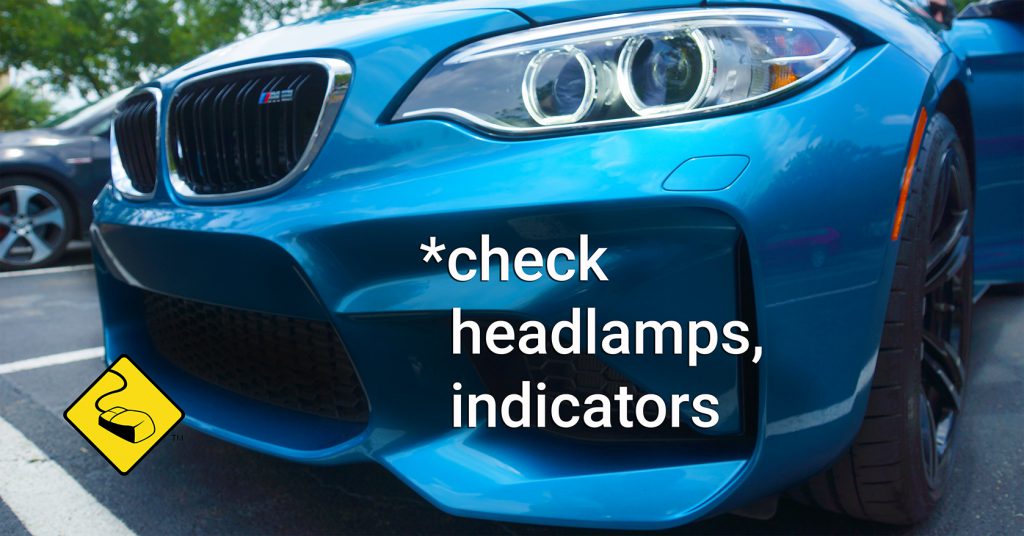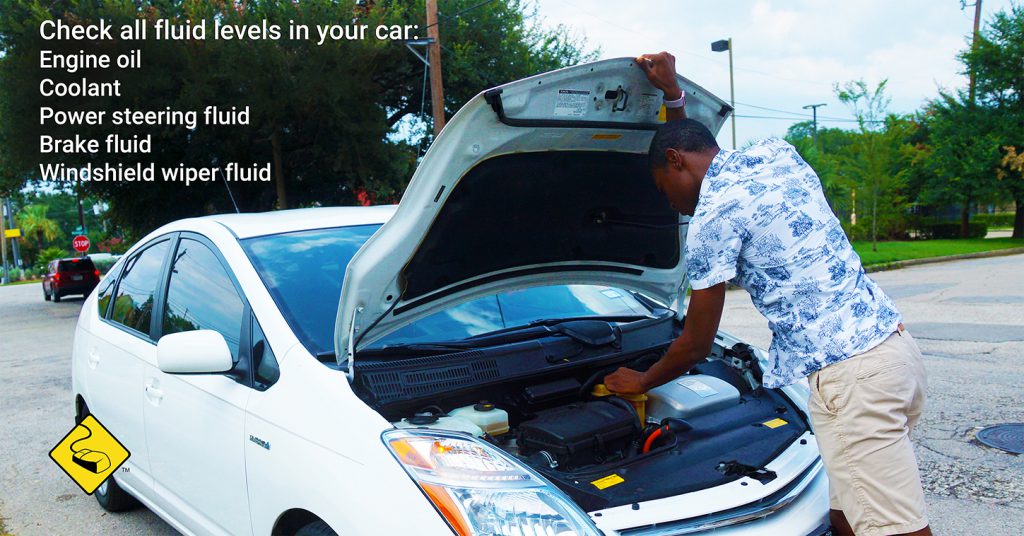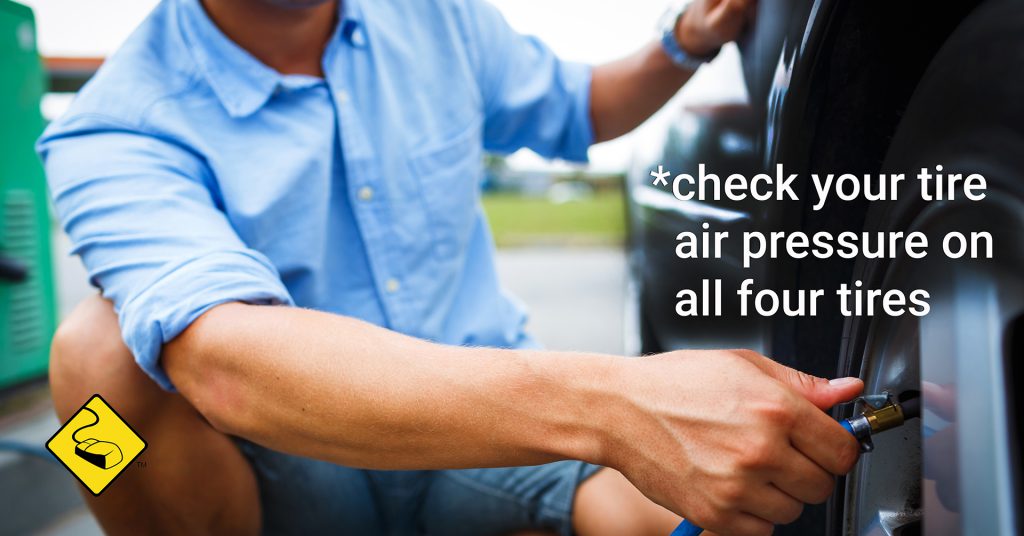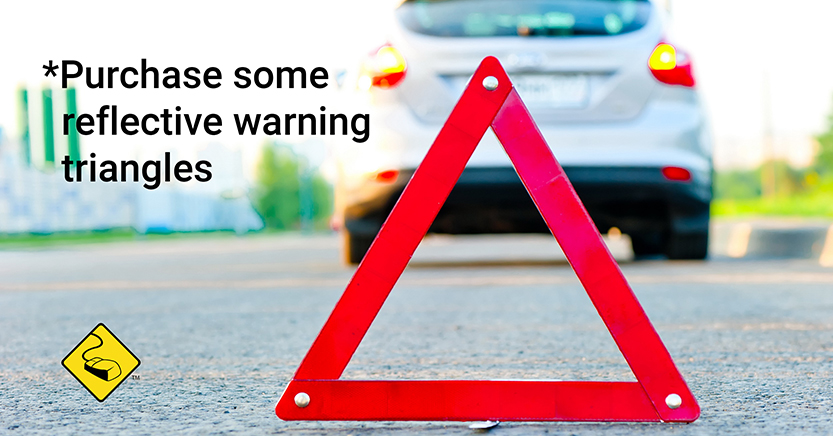Hurricane Preparedness Guide: Car Care Before the Storm
August 25, 2017 | in Defensive Driving Tips, Helping You Drive SafelyIt’s confirmed; you’re in the path of a hurricane. You’ve made arrangements and have a plan in place for your family’s safety. However, what about securing your exit option; your car. One of your priorities should be car care in the event you may need to leave town in an emergency situation.

Car Care Tip #1 Headlamps etc.
One of the most important car care tips is to check that all bulbs are fully functional on your vehicle; headlamps, indicators, brake lights, and door ajar lights and other internal lighting. Other than checking on those bulbs, check on the lights that may pop up on your dashboard in the instrument cluster; parking brake light, oil and check engine lights. Replace bulbs that aren’t in proper working order and see to internal warning lights immediately.

Car Care Tip #2 Fluid Levels
Car care should render your vehicle fully operational, if and when you need it. Check all fluid levels in your car including engine oil, coolant, power steering fluid, brake fluid and windshield wiper fluid. To top it off be sure to top off your gas tank and if possible fill a portable fuel can. Some of these need to be done only once or twice a year but in the event of an impending storm you should be cautious and get those checks out of the way. You won’t have time to see to these matters in the thick of an evacuation or in a deluge.

Car Care Tip #3 Tire Pressure
In the event of a storm there is a possibility that you need to leave your hunkered-down position for higher ground in your vehicle. Before the storm hits you should check your tire air pressure on all four tires and double check that your spare is in working condition and that you have all the necessary tools to remove and replace tires manually and in tandem, auto-mechanically as well. The worst spare is one that isn’t operable.

Car Care Tip #4 Emergency Kit
If you don’t already have emergency reflective warning triangles you might want to go ahead and invest in one before the storm. Some kits include three triangles in a carrying case. Place the first reflective warning triangle 10 feet from the driver’s side bumper or from the trailer. The second is placed 100 feet away and the third 300 feet away.
If you need to drive in inclement weather please see our “Driving in Wet Conditions” blog post.
← Safety Tips For Sharing the Road with Motorcyclists | Your Car is a Total Loss, What Now? →




